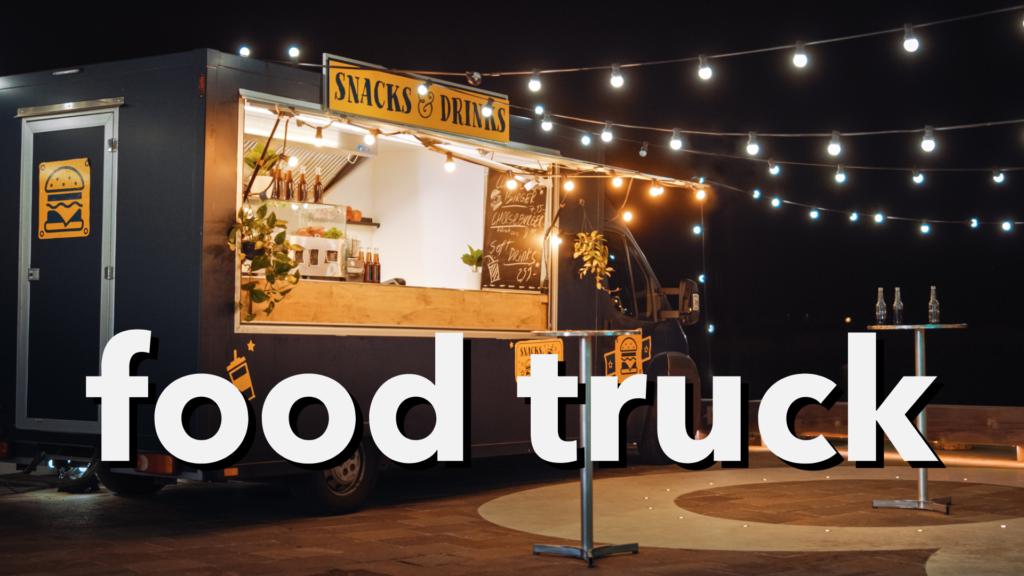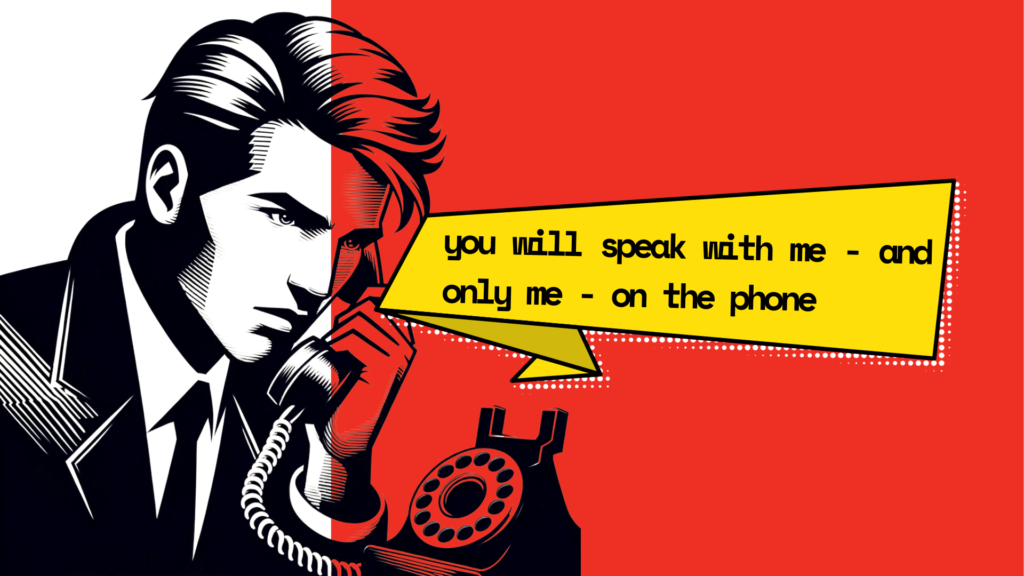Become a Social Media Designer: How to Get Started
Social media has become an integral part of everyone’s daily life. From Facebook to Instagram to Twitter, people are spending more time scrolling through their social media feeds than ever before. As a result, businesses are taking notice and using social media as a way to reach out to potential customers and build their brand. This has given rise to a new career path – social media design. In this article, we will explore how to get started as a social media designer, including the role of a social media designer, essential tools and software, building your portfolio, and developing your skills and expertise.As social media continues to dominate the marketing world, the role of a social media designer has become increasingly important. A social media designer needs to be able to create visually appealing content that not only catches the eye of potential customers but also accurately represents the brand’s message and identity.One of the most important tasks of a social media designer is to create graphics, animations, and videos that are visually engaging and can capture the attention of users scrolling through their social media feeds. This requires a strong understanding of design principles and the ability to create content that stands out from the noise of other posts.In addition to creating content, a social media designer also needs to work closely with the marketing team to develop a social media content strategy. This involves understanding the target audience and creating content that will resonate with them. It also involves staying up to date on the latest social media trends and best practices to ensure that the content being created is effective and relevant.Managing multiple social media accounts can be a daunting task, but a successful social media designer is able to create engaging content for each platform. This requires a deep understanding of the different social media platforms and how users interact with them. It also requires the ability to adapt content to fit the unique requirements of each platform.Monitoring social media engagement metrics is another important responsibility of a social media designer. By tracking the success of each post, a social media designer can gain insights into what types of content are resonating with the audience and adjust their strategy accordingly.To be successful as a social media designer, it’s essential to have strong graphic design skills and proficiency in Adobe Creative Suite. However, technical skills are not enough. A successful social media designer also needs to be able to work well under pressure and meet tight deadlines. They need to have excellent communication and collaboration skills to work effectively with the marketing team. And, perhaps most importantly, they need to have a keen eye for detail and the ability to maintain a consistent brand identity across all social media platforms.In summary, a social media designer plays a critical role in creating visually engaging content that helps promote a brand’s message and identity on social media platforms. They need to have a range of skills, from graphic design to communication and collaboration, to be successful in this role. As social media continues to grow in importance, the role of a social media designer will only become more crucial in the marketing world.
Essential Tools and Software for Social Media Design
Social media has become an essential part of every business’s marketing strategy. With millions of people using social media platforms every day, it’s important to create visually appealing content to grab their attention. Social media designers play a crucial role in creating such content. They use various tools and software to design and edit images, videos, and other visual content for social media platforms.
Graphic Design Tools
When it comes to designing social media content, having the right graphic design tools is essential. The right tools can help you create stunning visuals that can grab your audience’s attention. Adobe Illustrator is one of the most popular tools used by social media designers. It is a vector graphics editor that allows you to create logos, icons, and other graphics. Adobe Photoshop is another popular tool that is used for photo editing, image creation, and graphic design. Canva is a user-friendly tool that allows you to create social media graphics, presentations, posters, and other visual content. Sketch is a vector graphics editor that is popular among web and mobile app designers.
Video Editing Software
With the popularity of video content on social media platforms, it’s important to have good video editing software. A good video can help you tell a story, showcase a product, or create a tutorial. Adobe Premiere Pro is one of the most popular video editing tools used by social media designers. It is a professional video editing software that allows you to edit videos, add effects, and create motion graphics. iMovie is a video editing software that is popular among Mac users. It is a user-friendly tool that allows you to edit videos and add music and sound effects. Final Cut Pro is a professional video editing software that is popular among filmmakers and video editors. It allows you to edit videos, add effects, and create motion graphics. Davinci Resolve is a professional video editing software that is popular among colorists and video editors. It allows you to edit videos, add effects, and color correct footage.
Project Management and Collaboration Tools
As a social media designer, you’ll be working closely with the marketing team, so having good project management and collaboration tools is essential. These tools can help you stay organized, manage tasks, and communicate with team members. Asana is a project management tool that allows you to create tasks, assign them to team members, and set deadlines. Trello is a task management tool that uses boards, lists, and cards to organize tasks and projects. Slack is a messaging app that allows you to communicate with team members in real-time. Zoom is a video conferencing tool that allows you to have virtual meetings with team members.
Building Your Social Media Design Portfolio
Building a social media design portfolio can be an exciting and rewarding process. It allows you to showcase your creativity and skills to potential clients and employers, while also providing a platform to express your personal brand. However, with so many platforms and design elements to consider, it can be overwhelming to know where to start. In this article, we’ll explore some key tips for building a successful social media design portfolio.
Choosing the Right Platforms
One of the first steps in building your social media design portfolio is choosing the right platform to showcase your work. While there are many options available, some of the most popular platforms include Dribbble, Behance, and Instagram.Dribbble is a community of designers who share their work in a social media format. It’s a great platform to showcase your design skills and connect with other designers. Behance is a platform owned by Adobe that allows designers to showcase their work in a portfolio-style format. It’s a great platform to showcase your design skills and connect with potential employers. Instagram is a visual platform that allows you to share images and videos of your work. It’s a great platform to showcase your design skills and connect with potential clients.Each platform has its own unique features and benefits, so it’s important to do your research and choose the one that best aligns with your goals and audience. Consider your target audience, the type of work you want to showcase, and your personal brand when making your decision.
Showcasing Your Best Work
Once you’ve chosen the right platform, it’s time to start curating your portfolio. Your portfolio should showcase your best work and demonstrate your ability to create visually engaging content. When selecting pieces to include in your portfolio, make sure each one aligns with the brand’s identity and is tailored to the specific social media platform.It’s important to provide context for each piece and explain your thought process behind the design. This can help potential clients understand your design approach and the problem-solving skills you bring to the table. Consider including case studies or project briefs to provide additional context and detail.
Creating a Consistent Brand Identity
A consistent brand identity is essential for social media success. Make sure your portfolio reflects a consistent style and aesthetic that aligns with your personal brand. This will help potential clients understand your design style and approach, increasing your chances of landing new projects.Consider creating a style guide or brand guidelines to ensure consistency across all of your social media platforms. This can include details such as color palettes, typography, and imagery styles. By maintaining a consistent brand identity, you’ll establish yourself as a professional and reliable designer.Building a social media design portfolio takes time and effort, but it’s a valuable investment in your career. By choosing the right platforms, showcasing your best work, and creating a consistent brand identity, you’ll be well on your way to success in the design industry.
Developing Your Skills and Expertise
Being a social media designer requires constant learning and improving of skills. There are various ways to develop your skills and expertise in this field.
Online Courses and Tutorials
Online courses and tutorials are a great way to improve your skills as a social media designer. These courses are easily accessible and can be done at your own pace. Some popular platforms for learning include Skillshare, Udemy, and Lynda.com. These courses can help you stay up-to-date on the latest design trends and software. You can learn new techniques, tools, and software that will help you create better designs. Additionally, these courses often come with a community of learners that you can connect with and learn from.
Networking and Joining Design Communities
Networking and joining design communities can help you stay connected with other designers and learn from their experiences. Platforms like LinkedIn and Meetup can help connect you with other professionals in the industry. You can attend events, meetups, and conferences to learn from other designers. Online design communities like Behance and Dribbble offer opportunities to showcase your work and receive feedback from other designers. You can also connect with other designers on social media platforms like Twitter, Instagram, and Facebook. These connections can help you learn about new trends, tools, and software that you can incorporate into your work.
Staying Updated with Industry Trends
Social media design is an ever-evolving field, so it’s important to stay updated on the latest trends and best practices. Following industry leaders on social media platforms like Twitter and Instagram can help you stay informed about the latest design trends. You can also attend industry events like conferences and workshops to stay up-to-date on the latest trends, technology, and software. Industry events also provide opportunities to network with other designers and learn from their experiences.In conclusion, developing your skills and expertise as a social media designer requires constant learning and improvement. You can do this through online courses and tutorials, networking and joining design communities, and staying updated with industry trends. By staying up-to-date with the latest trends and best practices, you can create better designs and stay ahead of the competition.
Conclusion
Becoming a social media designer requires a combination of graphic design skills, knowledge of social media platforms, and an eye for engaging content. By understanding the role of a social media designer, investing in the right tools and software, developing a strong portfolio, and continuously improving your skills and expertise, you can position yourself for success in this exciting career path.





